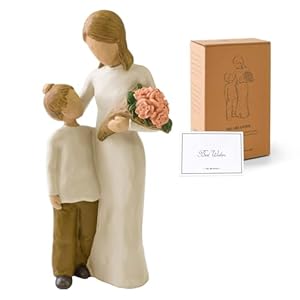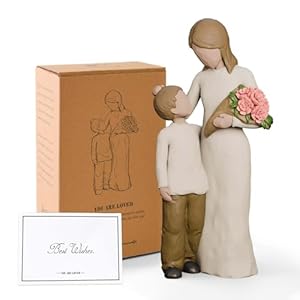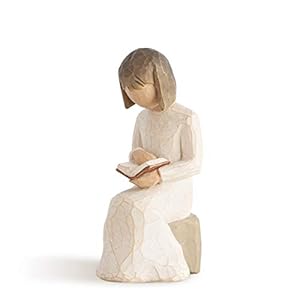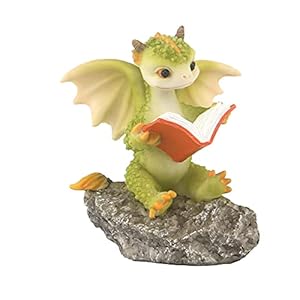
When designing a space that ignites creativity in kids, your choices in color, interactive elements, activity zones, and flexibility play a crucial role. Imagine a place where colors dance, activities beckon, and each corner sparks curiosity. Picture a world where walls whisper stories, furniture transforms, and every detail invites exploration. How can you craft such an environment that not only stimulates creativity but also nurtures it?
Choosing the Right Color Palette
When selecting the ideal color palette for a creative space for kids, prioritize harmony and vibrancy to stimulate their imagination effectively. Bold and bright colors like reds, yellows, and blues can energize the space, fostering creativity and playfulness. Consider incorporating softer pastel tones to create a calming environment that still sparks inspiration.
Mixing complementary colors can create a dynamic atmosphere, encouraging exploration and curiosity. For instance, pairing shades of purple with yellow or green can create a visually stimulating space that captivates young minds. Additionally, adding pops of contrasting colors can add excitement and visual interest to the room.
To promote a sense of balance and cohesion, limit the color palette to a few key hues. Too many colors can overwhelm the space and distract from the creative process. By focusing on a few complementary tones, you can create a cohesive look that enhances the overall atmosphere of the room.
Incorporating Interactive and Hands-On Elements
To enhance the interactive and hands-on experience in the creative space for kids, consider incorporating engaging elements that encourage exploration and creativity. Think about adding interactive wall panels where children can draw, write, or move around magnetic shapes. These panels can spark imagination and promote collaboration among kids.
Another great idea is to include a sensory table filled with different materials like sand, water, or rice. This tactile experience allows children to explore different textures and engage their senses.
Furthermore, you can integrate a reading nook with cozy bean bags and a variety of books to encourage literacy and quiet reflection. Including a designated art area with easels, paints, and craft supplies can inspire young artists to express themselves freely.
Additionally, setting up a building station with blocks, Legos, or other building materials fosters spatial awareness and problem-solving skills. By incorporating these interactive and hands-on elements, you create a space where kids can unleash their creativity and have fun exploring different activities.
Creating Zones for Different Activities
Consider dividing the creative space into distinct zones for various activities, facilitating organization and maximizing engagement opportunities for children. Creating specific areas within the space can help kids understand where to focus their energy and can also aid in keeping the area tidy and structured.
For example, designate a corner for arts and crafts, complete with a table for projects and shelves for supplies. Another zone could be a reading nook with comfortable seating, a bookshelf, and good lighting. A play area with toys and games can be another designated spot. By creating these zones, children can easily navigate the space and choose activities based on their interests.
Having separate zones for different activities allows for a smoother flow of creativity and encourages kids to explore various interests within the space. It also helps in preventing clutter and chaos by providing designated areas for specific tasks. By organizing the creative space into zones, you can enhance the overall experience for children and make the environment more conducive to imagination and play.
Emphasizing Flexibility and Personalization
Emphasizing flexibility and personalization enhances the creative space for kids, allowing for dynamic adjustments based on individual preferences and needs. By incorporating elements like movable furniture, adjustable shelving, and versatile storage solutions, you can create a space that can easily adapt to different activities and evolving interests. Encourage children to personalize their area by displaying their artwork, arranging their favorite books, or showcasing special treasures. Providing options for customization, such as writable walls or chalkboard surfaces, allows kids to express themselves freely and make the space their own.
Flexibility in furniture layout enables children to reconfigure the space according to their current project or mood, fostering a sense of autonomy and creativity. Consider including multifunctional pieces that can serve various purposes, promoting resourcefulness and imagination. Additionally, incorporating elements that cater to different learning styles and sensory preferences can further enhance the personalized experience, making the space truly conducive to creative exploration and expression.
Trending Products














